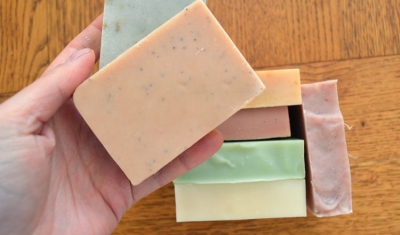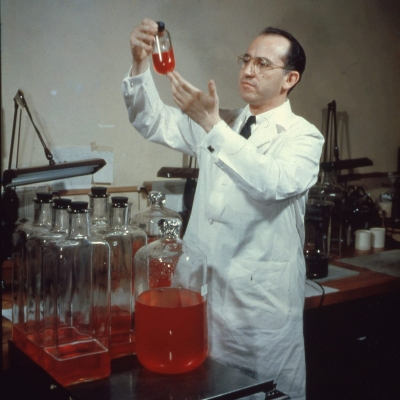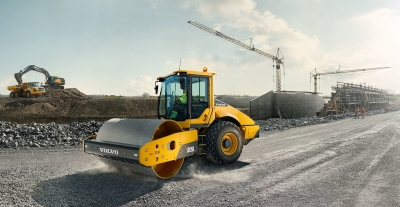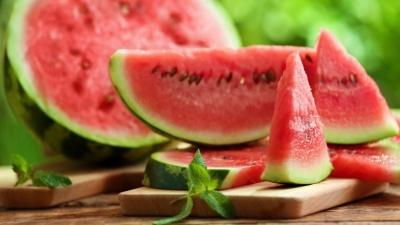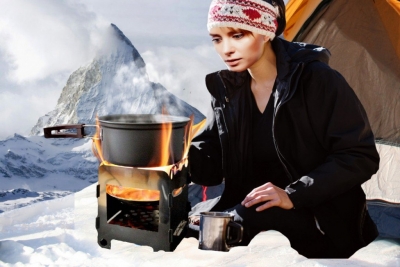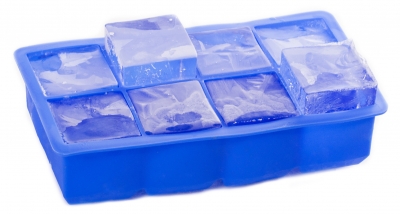
The freezing of water starts at the walls of the tray and at the open surface as these are the areas in contact with a cooler material. As water is a bad conductor, the cooling process of freezing moves from outside to the inside. Water has some air dissolved in it. These air molecules occupy the spaces between the water molecules. When the water starts freezing, i.e. when liquid water changes to solid state, the air molecules are forced out from the inter-molecular spaces. They can now move only to the interior where some liquid still exists. As finally, the whole volume of water freezes, the air molecules get trapped in the middle as tiny bubbles. It is these air bubbles that make the centre of the ice cube opaque. The rest of the cube, being pure ice, is transparent.
Picture Credit : Google



